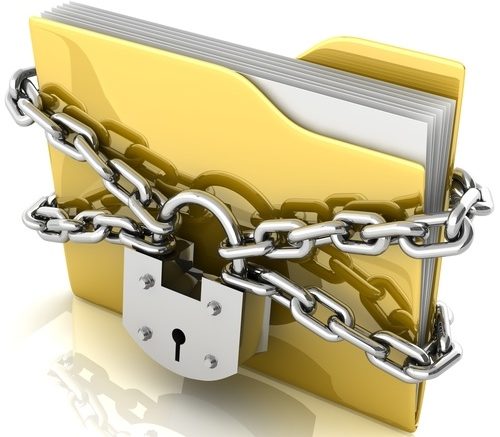What makes the internet work? What makes streaming TV possible? How do satellite TV companies in business? What’s the most important communications technology today?
Obviously those are broad questions. But I’ll make a pitch that without encryption, most of our digital lives wouldn’t work. Maybe, by the end of the article, you’ll agree with me.
What is encryption?
Encryption is the process of sending information that you can’t understand without some sort of key. Imagine if all internet communication were sent “in the clear.” I mean every password, every private message, everything. It wouldn’t be possible to use shop or even post pictures without a massive privacy nightmare.
Now imagine you could put up an inexpensive satellite dish and get DIRECTV or DISH programming without a receiver. It just came into your television the same way that over-the-air antenna TV did. Both satellite companies would crumble, because the costs of running that kind of operation are high. Without the ability to send a bill for services, the businesses would fail.
Imagine if the magnetic stripe on the back of any credit card would allow you to steal the number from it. That part happens to be true, and that’s why cards have moved to using chips instead. Those chips have encryption, while the mag stripe doesn’t.
Encryption takes away the worry of those nightmare scenario. An encryption key is basically a digital roadmap for how to make sense of something that’s being transmitted. By applying the key, it makes it possible to get the original message. Keys can be static, meaning they don’t change over time. More often than not they are dynamic. This means that the key is generated automatically through a process that’s encrypted itself. Then, the key is passed back and forth in a way that it’s very hard to intercept and decode. When that’s done, that key is used once and thrown away. This makes it harder for someone to hack in.
How do we measure encryption?
Encryption has been with us for centuries. The original form of encryption was just writing. If you couldn’t read — and most people couldn’t — then someone could give you a written message and it would be secure. Later, codes and ciphers were used, and technologies like invisible ink were used for even more security.
Of course now we measure encryption by how long it would take a computer to hack it. We use the term “strong encryption” for something that takes long enough to hack that a hacker probably wouldn’t bother.
One of the ways that encryption can be strong is to use very long keys. The longer the key, the more time it will take to break. If the transmission you’re trying to hack only lasts a few minutes, and it takes an hour on average to crack that key, that’s pretty good security.
The arms race of encryption
The stakes with encryption are always rising. Faster computers can punch through passwords and encryption keys faster. The math that generates them can be reverse-engineered. At one point, DVDs were thought of as having “uncrackable” encryption. Now you can get a piece of software for about $20 that will rip DVDs to your computer, including removing encryption instantly.
Every time that someone successfully cracks one form of encryption, we move onto another. Today’s high-bit AES encryption keys could take up to a year to crack, which is too long for most people to wait. But there are stronger forms of encryption on the horizon and they’ll likely be used shortly.





